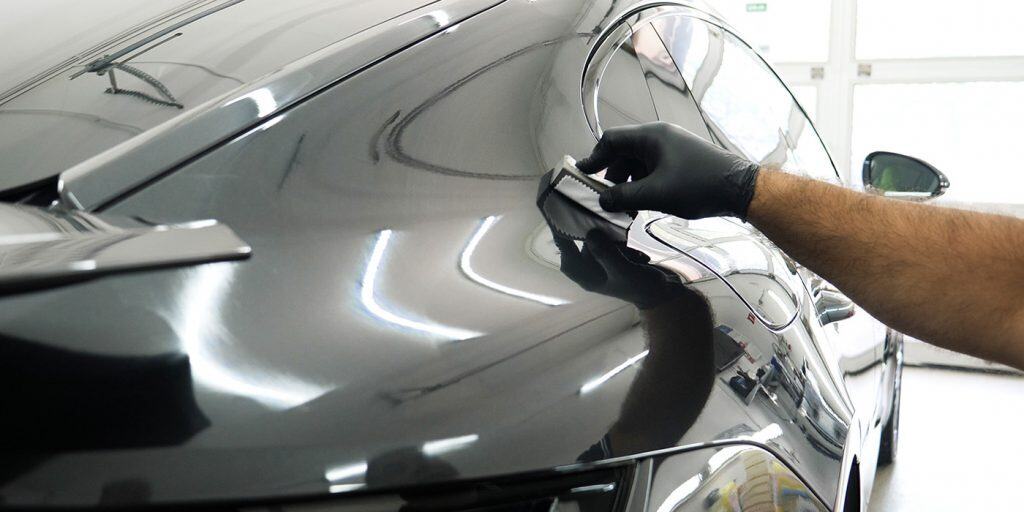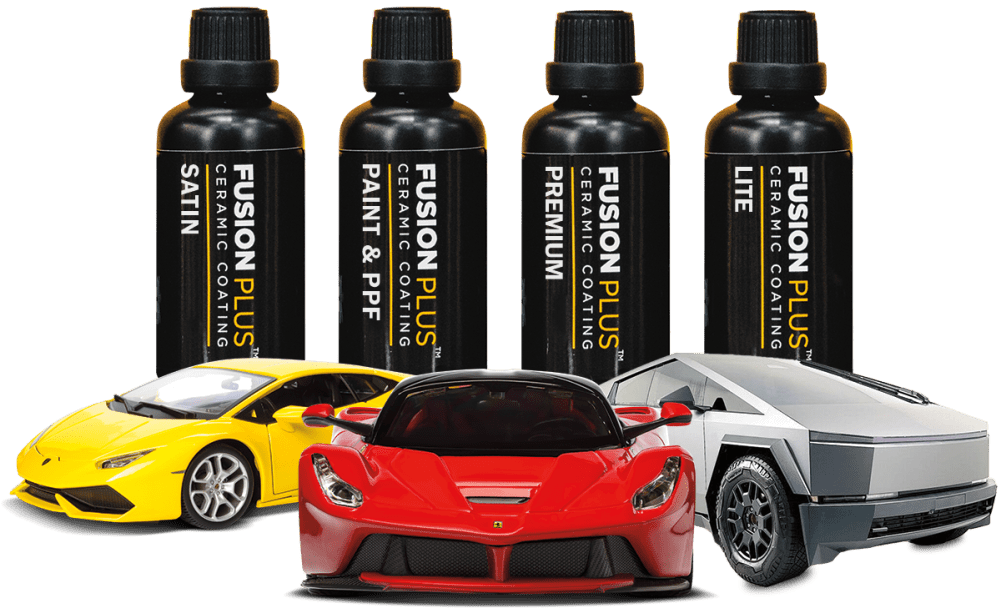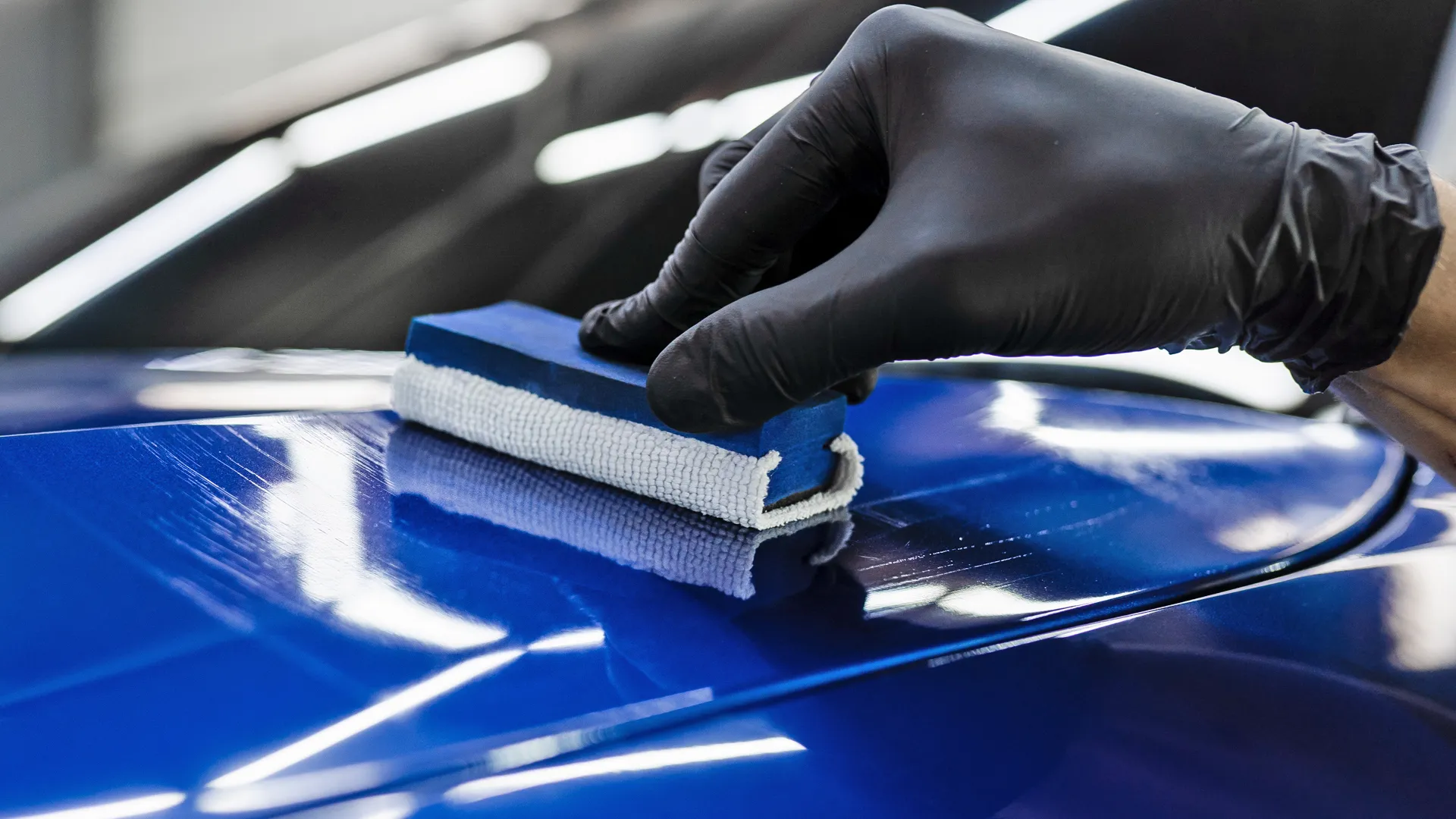Ceramic Coating for Cars: The Ultimate Solution for a Glossy Finish
Ceramic Coating for Cars: The Ultimate Solution for a Glossy Finish
Blog Article
Ceramic Finishing vs. Standard Wax: Which Supplies Much Better Long-Term Protection?
The discussion between ceramic finishings and traditional wax for lorry protection has actually garnered significant interest amongst automobile lovers and professionals alike. While both satisfy of securing paint, their differences in resilience, application, and lasting maintenance expenses might affect a consumer's option. Ceramic layers boast remarkable long life and resistance to environmental aspects, yet the complexity of their application questions concerning accessibility and practicality. As we discover these contrasting options, it comes to be necessary to take into consideration not just the immediate benefits however also the effects for automobile treatment in time.
Review of Ceramic Finishing
Ceramic covering has actually gained significant appeal among automobile fanatics and detailers alike due to its innovative protective top qualities. This ingenious innovation is created to produce a sturdy, hydrophobic shield over a vehicle's paint surface, dramatically enhancing its resistance to environmental impurities such as dirt, UV rays, and chemical discolorations. Unlike standard wax, which offers a short-lived layer of defense, ceramic coverings bond at a molecular level with the paint, supplying lasting toughness-- commonly prolonging past two years with correct maintenance.
The application procedure entails precise preparation of the car's surface, consisting of cleaning and polishing to make certain optimum attachment. As soon as used, the finish remedies to form a robust layer that not only includes deepness and gloss to the paint yet additionally streamlines maintenance. With its hydrophobic residential properties, ceramic covering permits water and dirt to move off even more conveniently, minimizing the frequency of washes and decreasing the danger of swirl marks.
Additionally, ceramic layers are available in numerous formulas, allowing individuals to pick items tailored to their specific demands and choices. On the whole, ceramic covering stands for a considerable development in paint defense innovation, providing superior performance compared to traditional alternatives.
Review of Traditional Wax
Commonly considered a staple in auto care, wax acts as a preferred option for those looking for a simple method to improve and protect their car's paint - ceramic coating. Automotive wax usually consists of natural components, such as carnauba, or synthetic substances, developed to produce a protective layer externally of the paint. This layer not only enhances the automobile's gloss and shine but likewise supplies a barrier versus ecological impurities
The application of wax is generally easy to use, making it available for both experts and Do it yourself lovers. When applied, wax calls for a treating duration, after which it solidifies to create a protective covering.
However, while wax is reliable for enhancing the visual appeal of an automobile, it is very important to note that the security it uses may demand a lot more frequent reapplication contrasted to alternate items, such as ceramic coverings. Generally, traditional wax stays a favored choice for those focusing on simplicity of use and instant visual improvement.
Resilience and Longevity Contrast
While both ceramic coatings and conventional wax offer protective advantages for auto paint, their durability and durability differ significantly. Typical wax, typically made from natural carnauba or synthetic polymers, typically offers a safety layer that lasts around three to 6 months. This reasonably short life-span demands routine reapplication to keep look at this web-site optimum defense.
In contrast, ceramic finishes are engineered from advanced nanotechnology, creating a covalent bond with the paint surface. This results in a robust, hydrophobic layer that can sustain for two to five years, depending upon the item and ecological problems. The remarkable longevity of ceramic finishings is credited to their chemical framework, which uses improved resistance to scrapes, UV rays, and oxidation.

Security Versus Ecological Aspects
Protecting a lorry's paint from ecological variables is critical for maintaining its appearance and worth gradually. Autos are frequently revealed to a selection of aspects, consisting of UV rays, bird droppings, tree sap, acid rainfall, and road grime, all of which can endanger the honesty of the paintwork.
Ceramic layers supply a robust defense versus these environmental aggressors. Unlike standard wax, which can degrade rapidly under UV direct exposure, ceramic finishings form a sturdy, hydrophobic layer that resists the harmful effects of sunlight and toxic wastes. This advanced modern technology creates a chemical bond with the vehicle's surface area, providing remarkable defense that lasts for years, also in harsh problems.
Standard wax, while much easier to use, commonly calls for regular reapplication and uses restricted resistance to contaminants and UV rays. Gradually, it can damage down, leaving the paint prone to scratches and oxidation. On the other hand, ceramic finishes maintain their safety top qualities longer, substantially decreasing the risk of paint damages and making sure that the lorry keeps its aesthetic charm. As an outcome, ceramic layers are progressively identified as the exceptional selection for long-lasting protection against ecological variables.
Application and Upkeep Differences
The techniques of application and succeeding maintenance for ceramic finishes and conventional wax vary considerably, impacting the total customer experience and efficiency of each product. Ceramic finishes need a more complex application procedure, commonly including surface area preparation that includes cleaning, decontaminating, and polishing the automobile. Once the surface is ready, the ceramic covering is used in a controlled setting, usually needing expert proficiency to make sure correct curing and bonding to the paint.

While both items improve vehicle appearance, the longer-lasting security provided by ceramic coatings may warrant their preliminary financial investment, regardless of the even more demanding application process. Alternatively, typical wax continues to be a preferred selection for those looking for a simpler, albeit short-term, option.

Conclusion
To conclude, ceramic coatings demonstrate significant advantages over conventional wax in terms of longevity and environmental management. With a life-span prolonging 2 to five years and superior resistance to UV rays, dirt, and chemical discolorations, ceramic coverings supply a more reliable option for long-term lorry maintenance. The application procedure might call for specialist know-how, the resulting cost financial savings and reduced regularity of reapplication emphasize the value of ceramic layers for those looking for ideal car protection.
The dispute between ceramic coverings and conventional wax for automobile protection has garnered substantial interest among vehicle lovers and specialists alike. Unlike standard wax, which supplies a short-term layer of defense, ceramic finishings bond at a molecular level with the paint, supplying durable durability-- commonly expanding beyond two years with appropriate maintenance.
While both ceramic coatings and typical wax deal safety advantages for auto paint, their sturdiness and longevity vary dramatically. For automobile fanatics looking for long-term security, ceramic layers offer an engaging benefit over typical wax products.
In conclusion, ceramic finishes demonstrate considerable advantages over standard wax in terms of resilience and environmental security.
Report this page